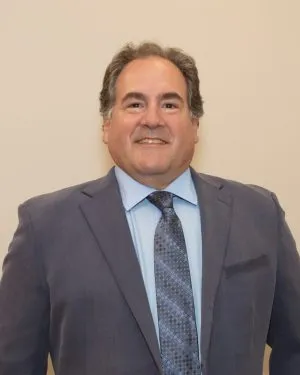What Is Bone Grafting?
Over a period of time, the jawbone associated with missing teeth atrophies and is reabsorbed. This often leaves a condition in which there is poor quality and quantity of bone suitable for the placement of dental implants. In these situations, most patients are not candidates for the placement of dental implants.
When teeth are missing, the jawbone no longer receives stimulation from biting and chewing. This can lead to:
With bone grafting we now have the opportunity to not only replace bone where it is missing, but we also have the ability to promote new bone growth in that location. This not only gives us the opportunity to place implants of proper length and width, but it also gives us a chance to restore functionality and aesthetic appearance.
Autogenous bone grafts, also known as autografts, are made from your own bone, taken from somewhere else in the body. The bone is typically harvested from the chin, jaw, lower leg bone, hip, or the skull. Autogenous bone grafts are advantageous in that the graft material is your own live bone, meaning it contains living cellular elements that enhances bone growth, also eliminating the risk of your body rejecting the graft material since it comes from you.
However, one downside to the autograft is that it requires a second procedure to harvest bone from elsewhere in the body. Depending on your condition, a second procedure may not be recommended.
Allogenic bone, or allograft, is dead bone harvested from a cadaver, then processed using a freeze-dry method to extract the water via a vacuum. Unlike autogenous bone, allogeneic bone cannot produce new bone on its own. Rather, it serves as a framework, or scaffold, over which bone from the surrounding bony walls can grow to fill the defect or void.
Xenogenic bone is derived from non-living bone of another species, usually a cow. The bone is processed at very high temperatures to avoid the potential for immune rejection and contamination. Like allogeneic grafts, xenogenic grafts serve as a framework for bone from the surrounding area to grow and fill the void.
Both allogenic and xenogenic bone grafting have an advantage of not requiring a second procedure to harvest your own bone, as with autografts. However, because these options lack autograft’s bone-forming properties, bone regeneration may take longer than with autografts, and have a less predictable outcome.
As a substitute to using real bone many synthetic materials are available as safe and proven alternatives, including:
This product is processed allograft bone, containing collagen, proteins, and growth factors that are extracted from the allograft bone. It is available in the form of powder, putty, chips, or as a gel that can be injected through a syringe.
Graft composites consist of other bone graft materials and growth factors to achieve the benefits of a variety of substances. Some combinations may include: collagen/ceramic composite, which closely resembles the composition of natural bone, DBM combined with bone marrow cells, which aid in the growth of new bone, or a collagen/ceramic/autograft composite.
Bone morphogenetic proteins (BMPs) are proteins naturally produced in the body that promote and regulate bone formation and healing.
Synthetic materials also have the advantage of not requiring a second procedure to harvest bone, reducing risk and pain. Each bone grafting option has its own risks and benefits. Drs. Lonergan, Nalley, Huizinga, Klooster, Kirby, Houle, DeYoung or Grinzinger will determine which type of bone graft material best suited to your particular needs.

Dr. Nalley moved to Grand Haven, MI at 9 years of age after his father was stationed here by the U.S. Coast Guard. This has been his hometown ever since. He graduated from Grand Haven High School. His undergraduate studies were completed at Hope College in Holland, MI. He received his dental training at the University of Michigan where he received the Chalmers J Lyons Award which is given to the top oral surgery student of the graduating dental class.
He then completed his residency in Oral and Maxillofacial Surgery at The Detroit Medical Center (DMC) / Wayne State Medical School. In addition to his time spent treating patients, Dr. Nalley has also been very involved in various surgical organizations and committees.
He is a member of the Michigan Society of Oral and Maxillofacial Surgeons and was past president of the Great Lakes Society of Oral and Maxillofacial Surgeons. He is board certified by the American Board of Oral and Maxillofacial Surgeons and The National Dental Board of Anesthesiology. He is also a fellow of the American Association of Oral and Maxillofacial Surgery.